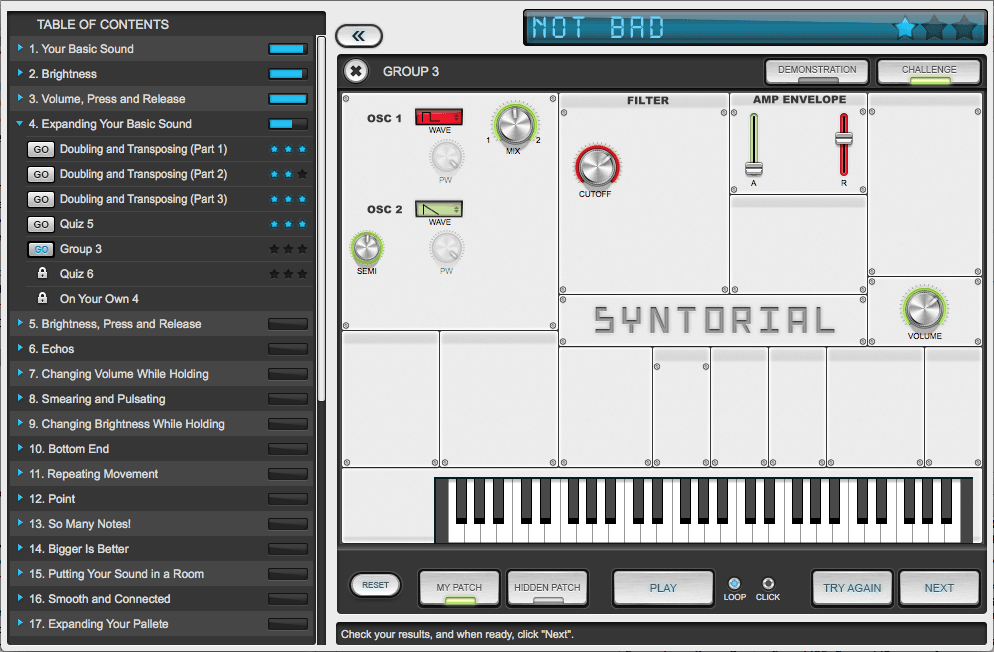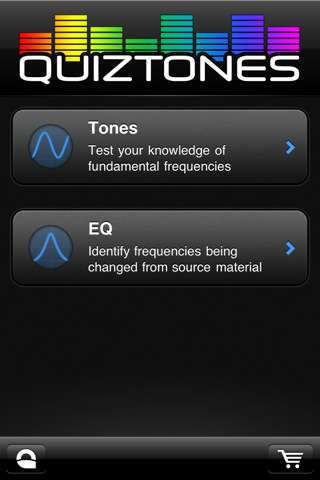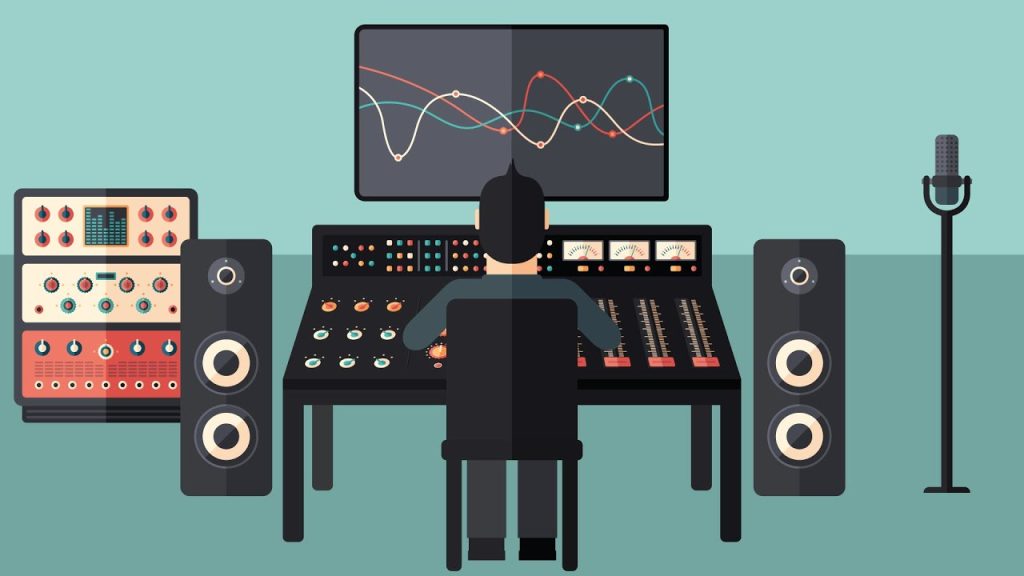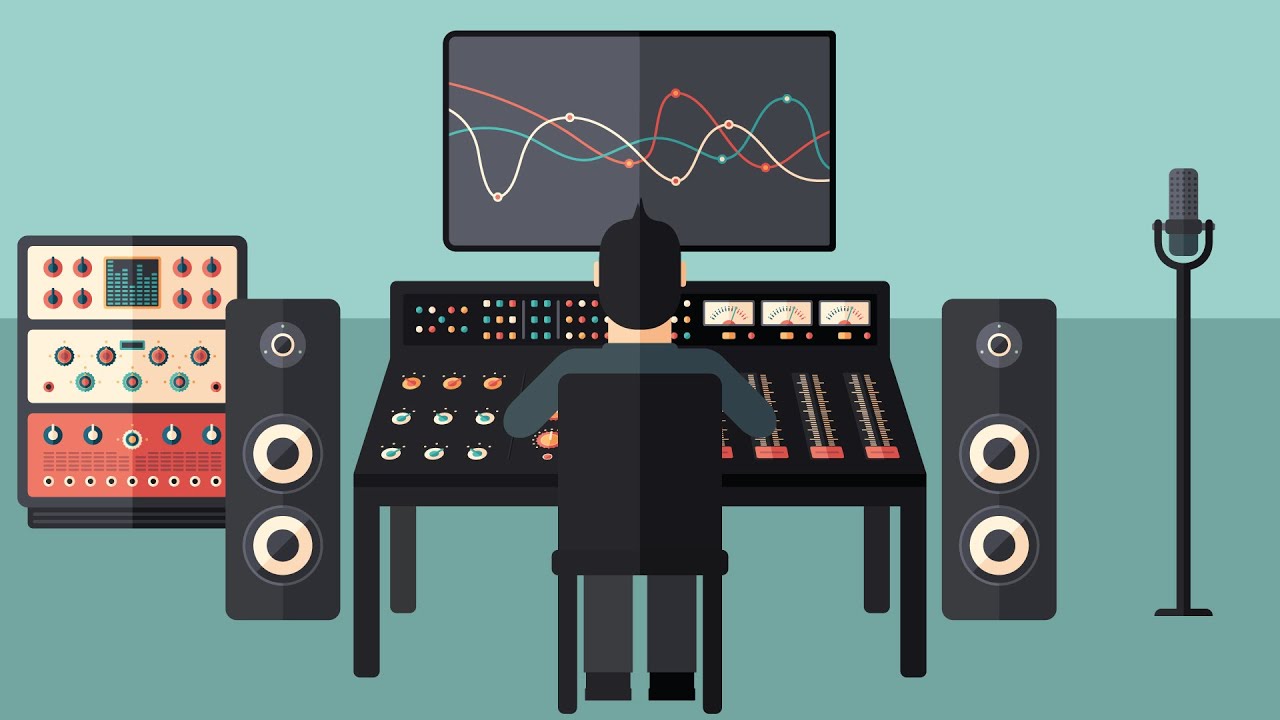I have to start with an apology for this ‘click-baity’ title. As much as possible I don’t try to differentiate my students between those that are ‘techy’ and those that are not. Or even worse… the tech vs classical kids.
I truly believe that incorporating a variety of tools such as recording software, MIDI sequencing, sample libraries, etc., can be useful for ALL students, no matter the genre they want to specialise in.
That being said, in our current (and soon to disappear) high school assessment system the students that have not been strong music notation readers have been at a massive disadvantage and have not adequately had their aural skills improved. The dwindling numbers of students sitting the level 1-3 aural exams demonstrates that teachers are not seeing the point in getting students to sit the exam if reading music is not part of their daily practice as musicians. The orchestra or jazz band kid has a massive advantage over the singer/songwriter or rock kid who is too busy reciting “Every Good Boy Deserves Fruit” in their head while trying to work out the direction of a melody.
So, what should we be doing for those students who are not the ‘notation reading’ students? Here are a few tools that you might find useful to help students develop their ear in identifying pitches, tone and timbre.
To read the rest of this article, please log in.

This is a great tool which teaches you about synthesis. It breaks down all the parts of a synthesizer and shows you how they generate and manipulate sound bit by bit. But the clever part of this training programme is that after it introduces a new part of a synth, it tests you on how to use it in an ear test where you must match the given sound with sounds that you manipulate.
So not only are students learning how a synthesizer works (which means this is fantastic for doing Level 3 Unit Standard 32304 – Operate a Music Sequencing Application), they are also making their ear more sensitive to changes in timbre (after all, timbre is a musical element just as important as melody, harmony, or rhythm… isn’t it?).
This obviously has great benefits for students who are composing in genres that use synthesisers (which is pretty much all modern ‘commercial’ related genres) but I also find this great for students completing Achievement Standard 91422 – Analyse a Substantial Music Work. I don’t have the whole class studying the same set work; instead they choose their own works to study. For those analysing something in a modern genre it is a requirement for them to recreate the sounds, which means finding ways to recreate the synth sounds using the software instruments available in our DAWs such as GarageBand and Logic Pro. Syntorial is a fantastic tool for helping them understand how to adjust the parameters of a synth to match the sounds from the recordings they are analysing. And it helps them to do it all by ear.
Syntorial does cost money, but the first 40 or so lessons are free, which is all I’ve ever used with my students.
Quiztones – https://theproaudiofiles.com/quiztones/

There are a few apps available for iOS, Android and Mac/PC but this is my favourite. When trying to mix a song we try to blend the tone of various instruments to make sure we don’t get a build-up of too many frequencies making something sound ‘boxy’, or ‘muddy’, or ‘harsh’ or ‘sibilant’. The ability to quickly recognise those frequencies, assign a number to them (such as a ‘honking’ sound being between 500-1000 Hz) and then pull those frequencies out with an EQ is an essential skill for a good sound mixer (or basically anyone who is composing and producing their own music).
Ten minutes a day with Quiztones and students will be amazed at how quickly their ear skills improve making them more aware of which instruments sound good together and those that don’t.
Soundgym – https://www.soundgym.co/

For the student that is serious about becoming a sound engineer, probably my favourite tool is this website. It’s not cheap, but the variety of tools you can use to help learn how to be better at EQ’ing, hearing compression, identifying balance and panning issues, etc., is brilliant. The daily workout takes around 10 minutes and is basically all you need to do over a period of time to develop ‘golden ears’ for sound mixing.
A popular alternative that is worth looking into (but I haven’t used personally) is https://www.trainyourears.com
As we go through the changes for a new assessment system and we ‘reinvent’ how we teach and assess aural skills, these tools may be of great assistance to high school teachers and may be more engaging for some students than the ‘traditional’ methods.
By Duncan Ferguson

Duncan Ferguson is the Head of Music at St Andrew’s College and managing director and resource writer for www.learningideas.org
He runs workshops and six-week courses for teachers helping them develop skills in sound mixing and music production. Many NZ and Australian teachers have completed these six-week courses. To find out more please visit https://www.learningideas.org/teachertrainingcourses
